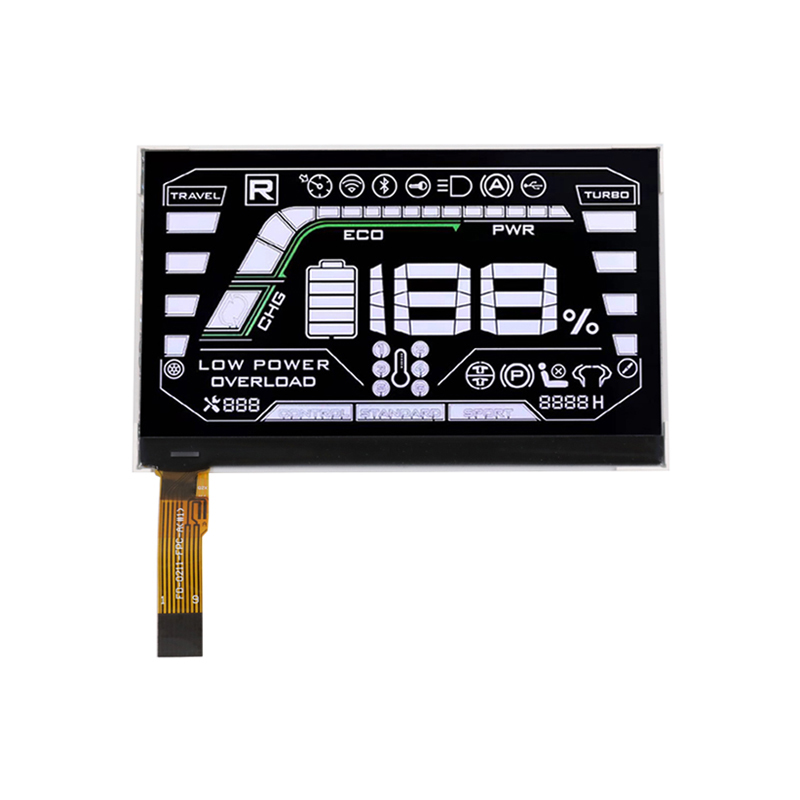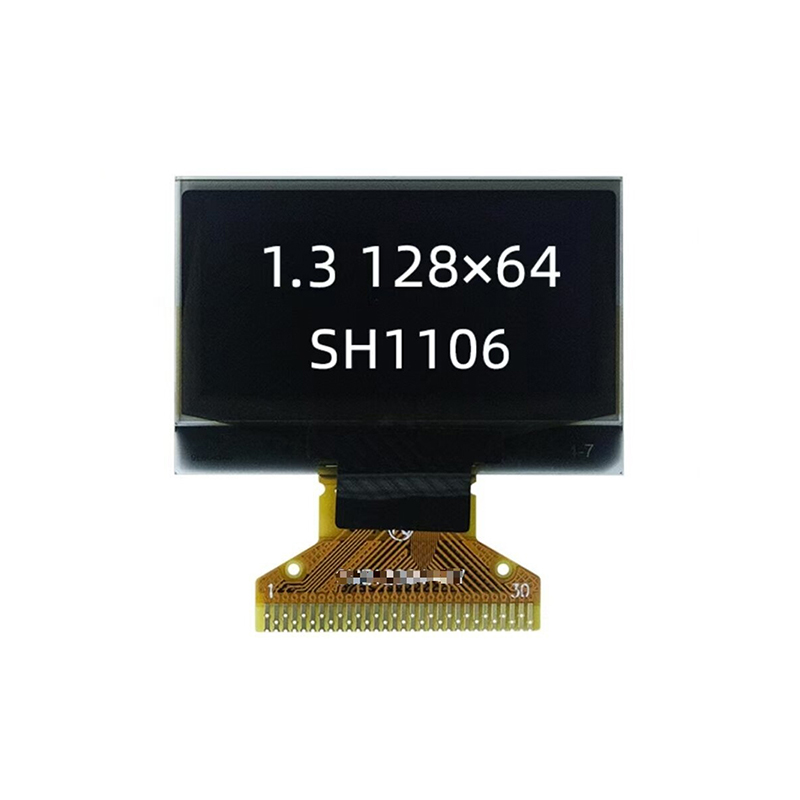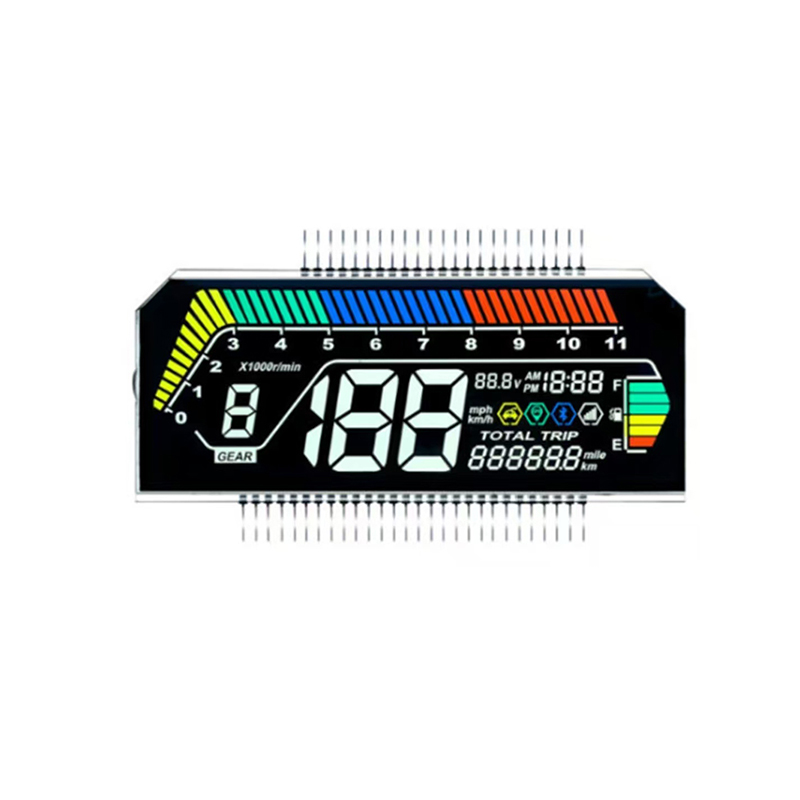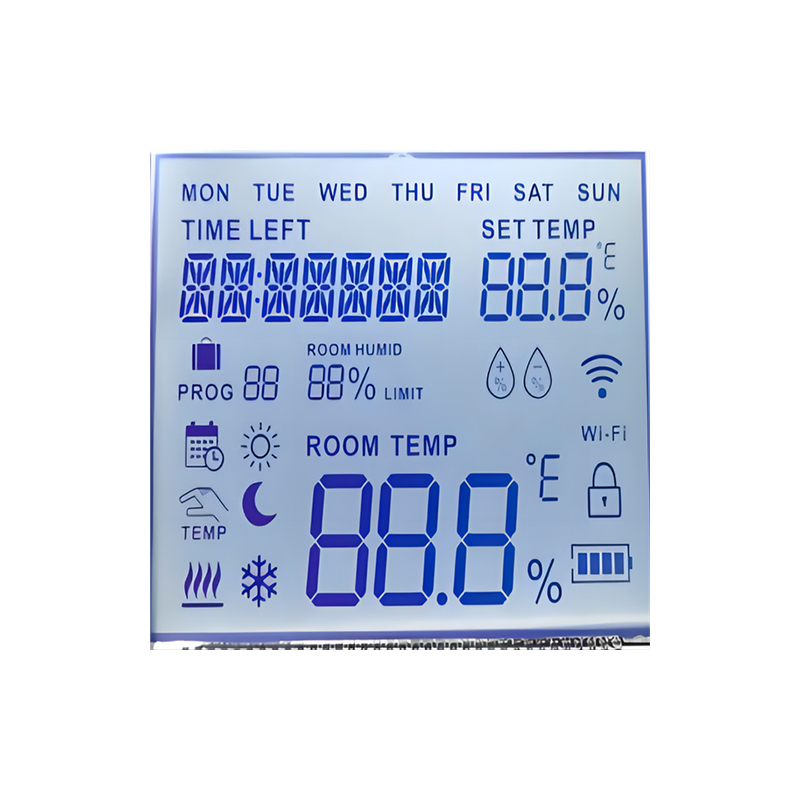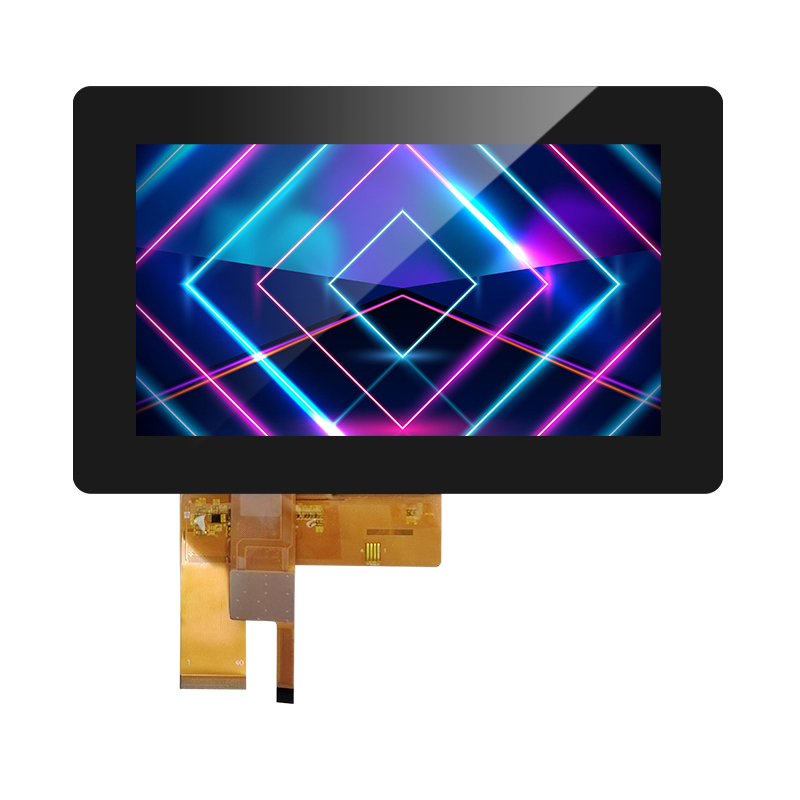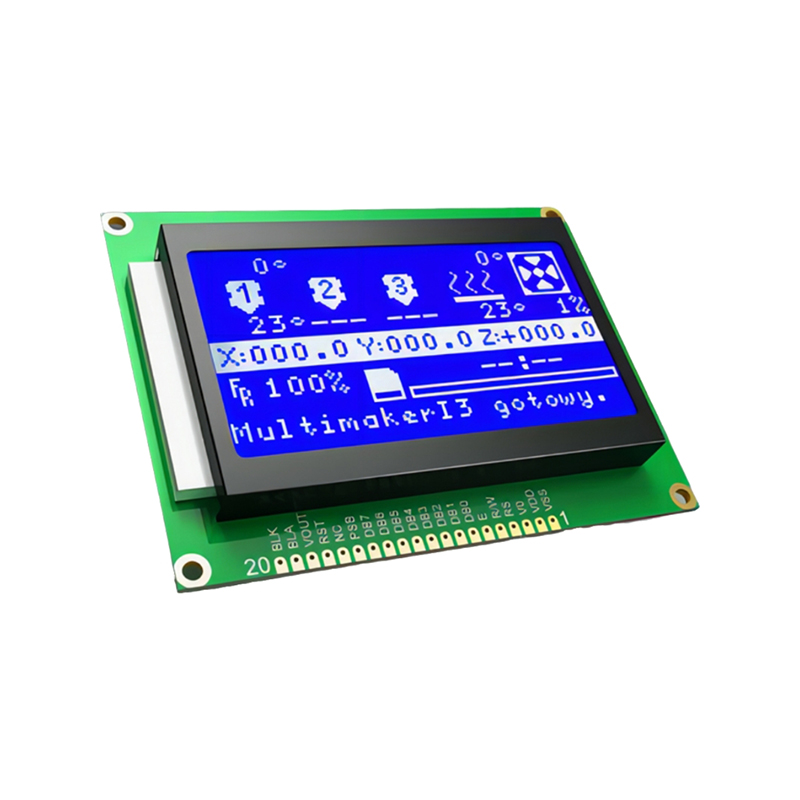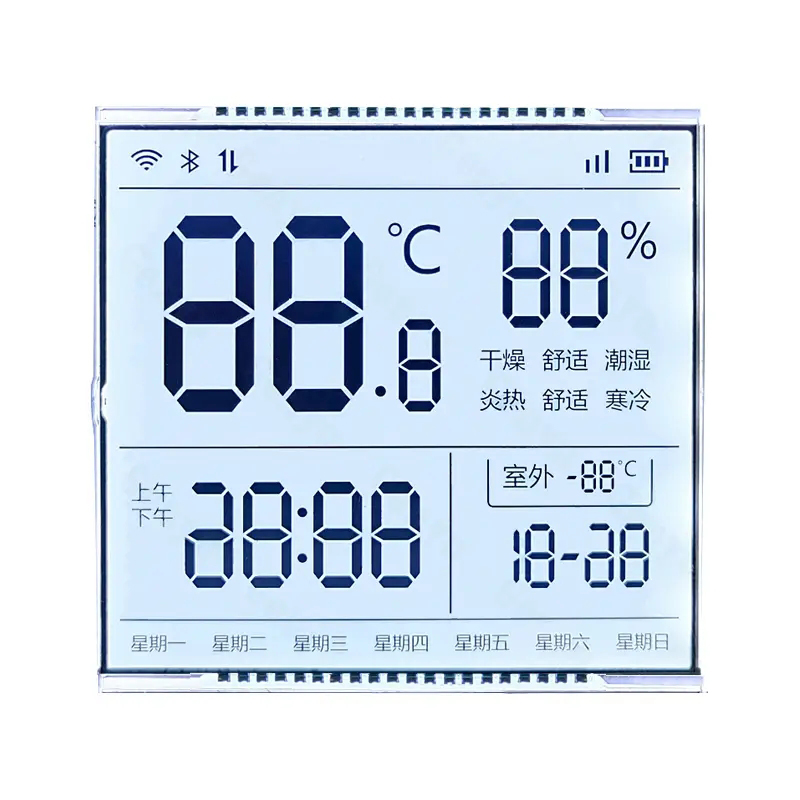
This article provides an in-depth look at in-cell TFT displays, covering their technology, advantages, disadvantages, and applications. We'll explore the differences between in-cell and on-cell technologies, examining key specifications and real-world use cases to help you understand which type of display best meets your requirements. We'll also delve into the manufacturing process and the future trends of this technology.
An in-cell TFT display integrates the touch sensor directly into the LCD panel itself. This contrasts with on-cell technology, where the touch sensor is layered on top of the display. The integration of the touch sensor within the LCD layer results in a thinner, lighter, and more responsive display. This technology eliminates the air gap between the touch sensor and the LCD, leading to improved image clarity and reduced parallax error. The manufacturing process involves depositing the touch sensor electrodes directly onto the TFT substrate during the LCD panel production.
Key specifications to consider when choosing an in-cell TFT display include resolution (measured in pixels), pixel density (pixels per inch or PPI), color gamut (the range of colors the display can reproduce), contrast ratio, response time, brightness, and power consumption. The choice of these parameters will depend greatly on the intended application.
While both technologies offer touch functionality, there are key differences. The following table summarizes the advantages and disadvantages of each:
| Feature | In-Cell TFT | On-Cell TFT |
|---|---|---|
| Thickness | Thinner | Thicker |
| Weight | Lighter | Heavier |
| Responsiveness | More responsive | Less responsive |
| Image Clarity | Higher | Lower |
| Cost | Generally Higher | Generally Lower |
In-cell TFT displays are widely used in smartphones and tablets due to their slim profile and improved touch sensitivity. The integration of the touch sensor directly into the display panel contributes to a sleeker design and more immersive user experience.
The automotive industry is increasingly adopting in-cell TFT displays in dashboards, infotainment systems, and navigation units. Their robustness and high image quality make them suitable for demanding environments.
The thin and lightweight nature of in-cell TFT displays makes them ideal for integration into wearable devices like smartwatches and fitness trackers.
Selecting the appropriate in-cell TFT display depends on several factors, including the target application, required specifications, budget, and desired aesthetic. Careful consideration of the trade-offs between performance, cost, and size is crucial. For high-quality and reliable in-cell TFT displays, consider exploring options from reputable manufacturers like Dalian Eastern Display Co., Ltd.. They offer a wide range of display solutions for various applications.
Ongoing research and development continue to improve the performance and capabilities of in-cell TFT displays. Future trends include higher resolutions, improved color accuracy, increased brightness, and lower power consumption. The integration of advanced features like flexible displays and foldable screens is also being actively pursued.
1 Data on specific display specifications can be found on the manufacturer's websites.

